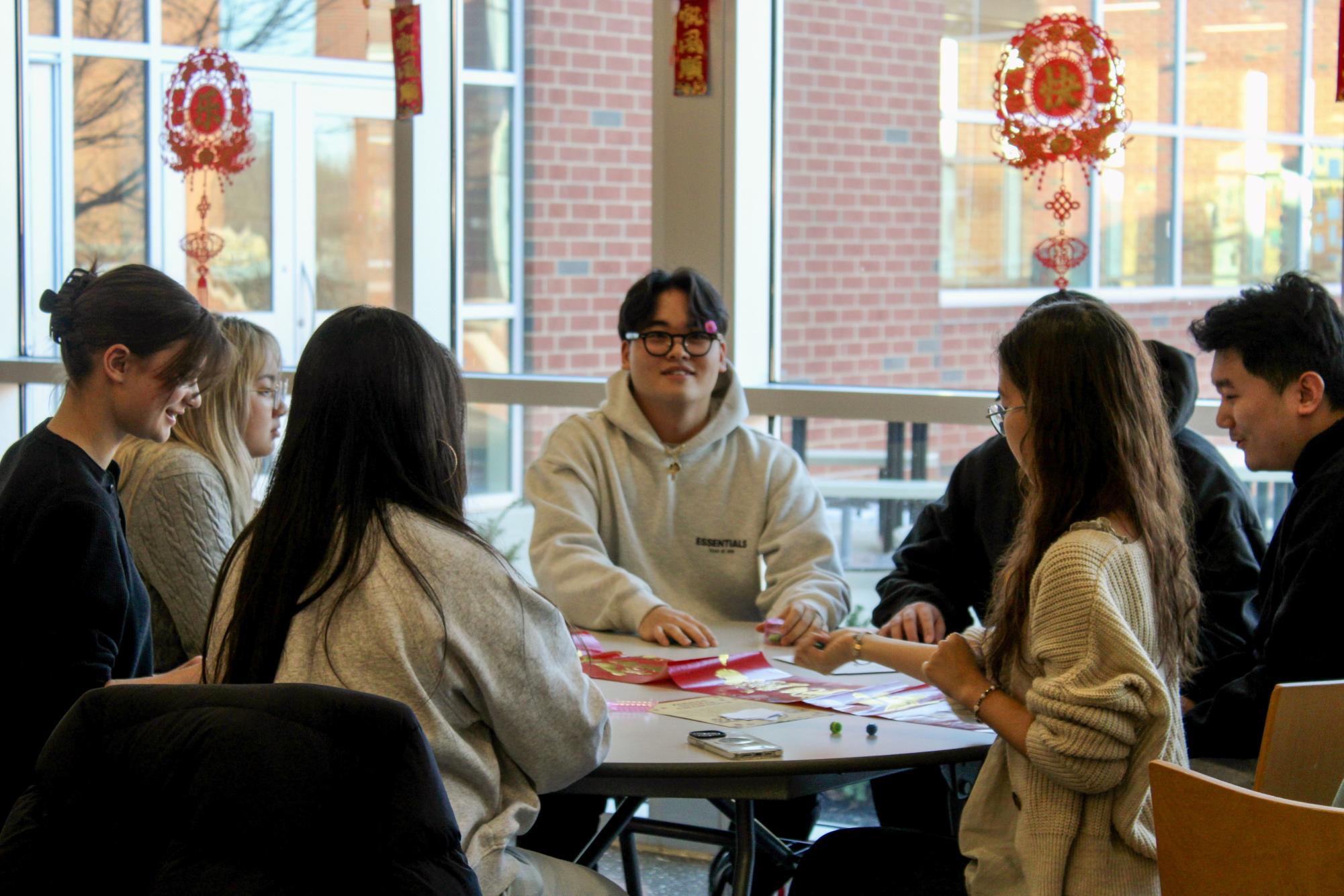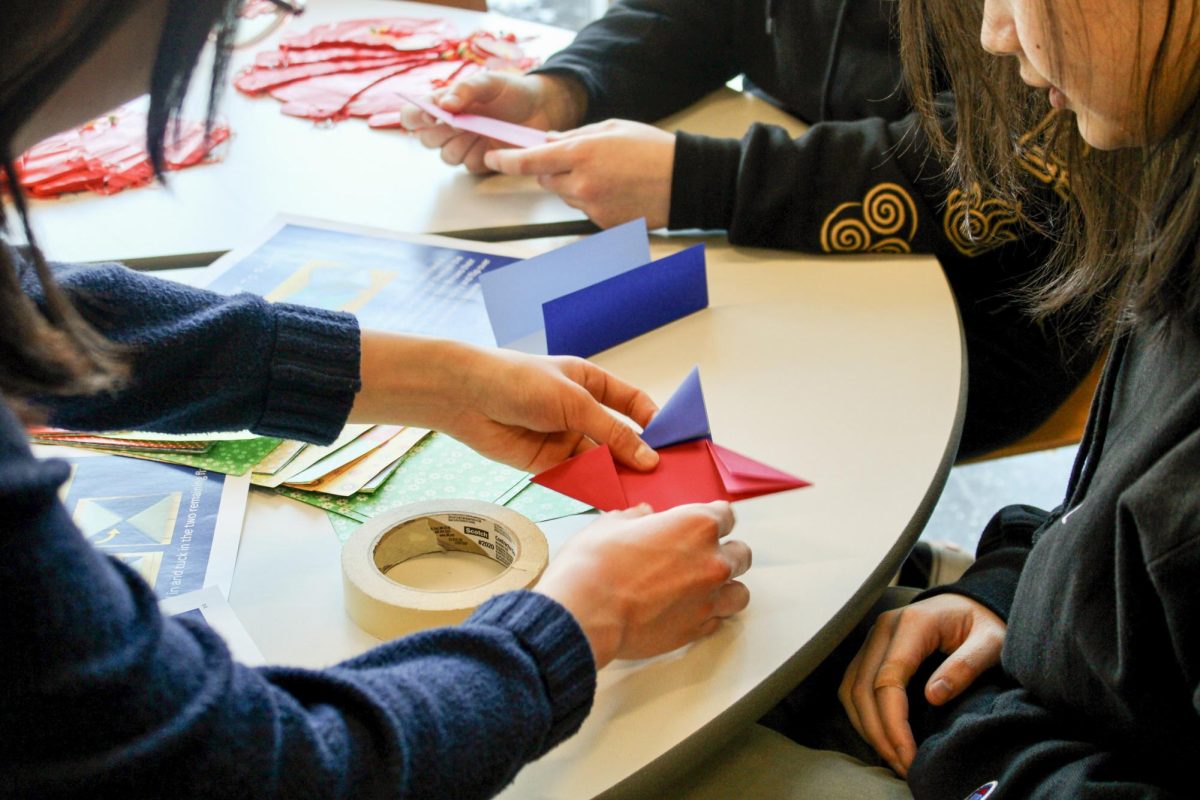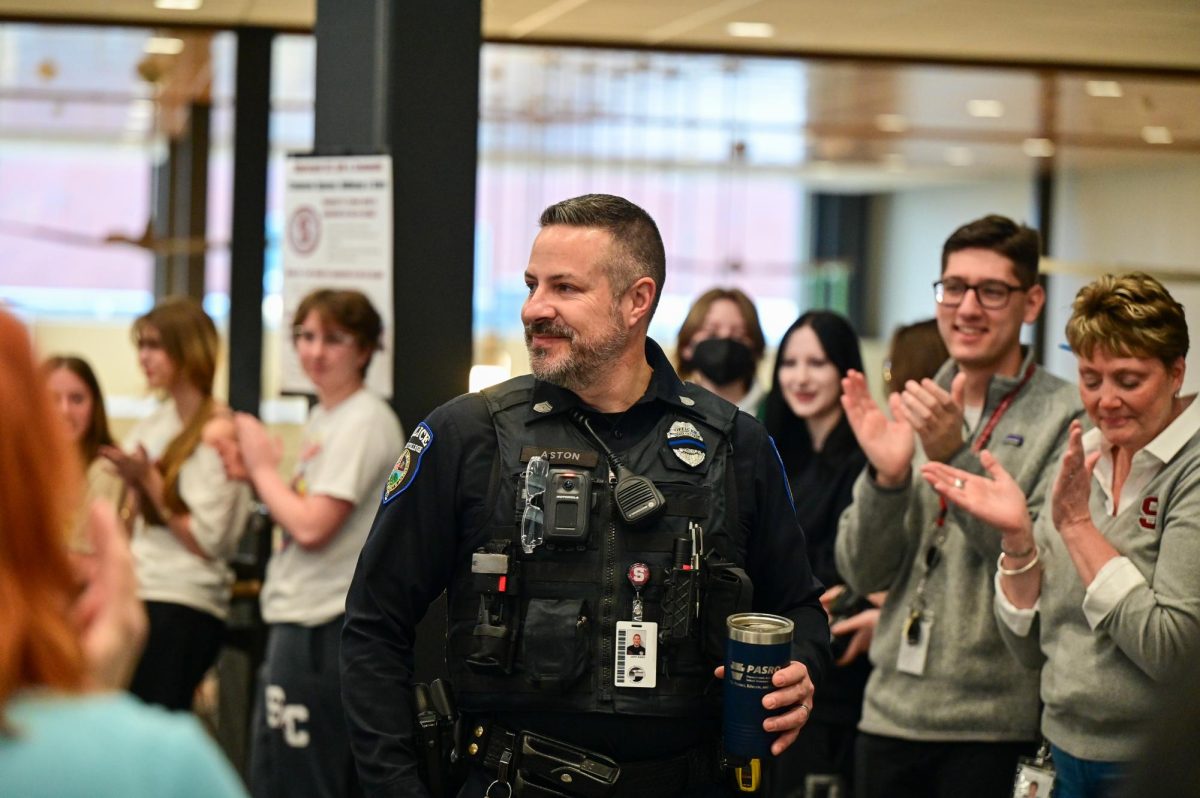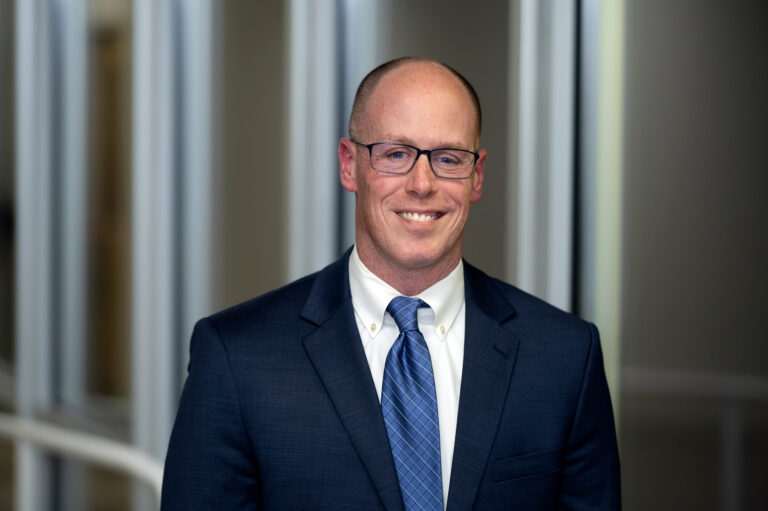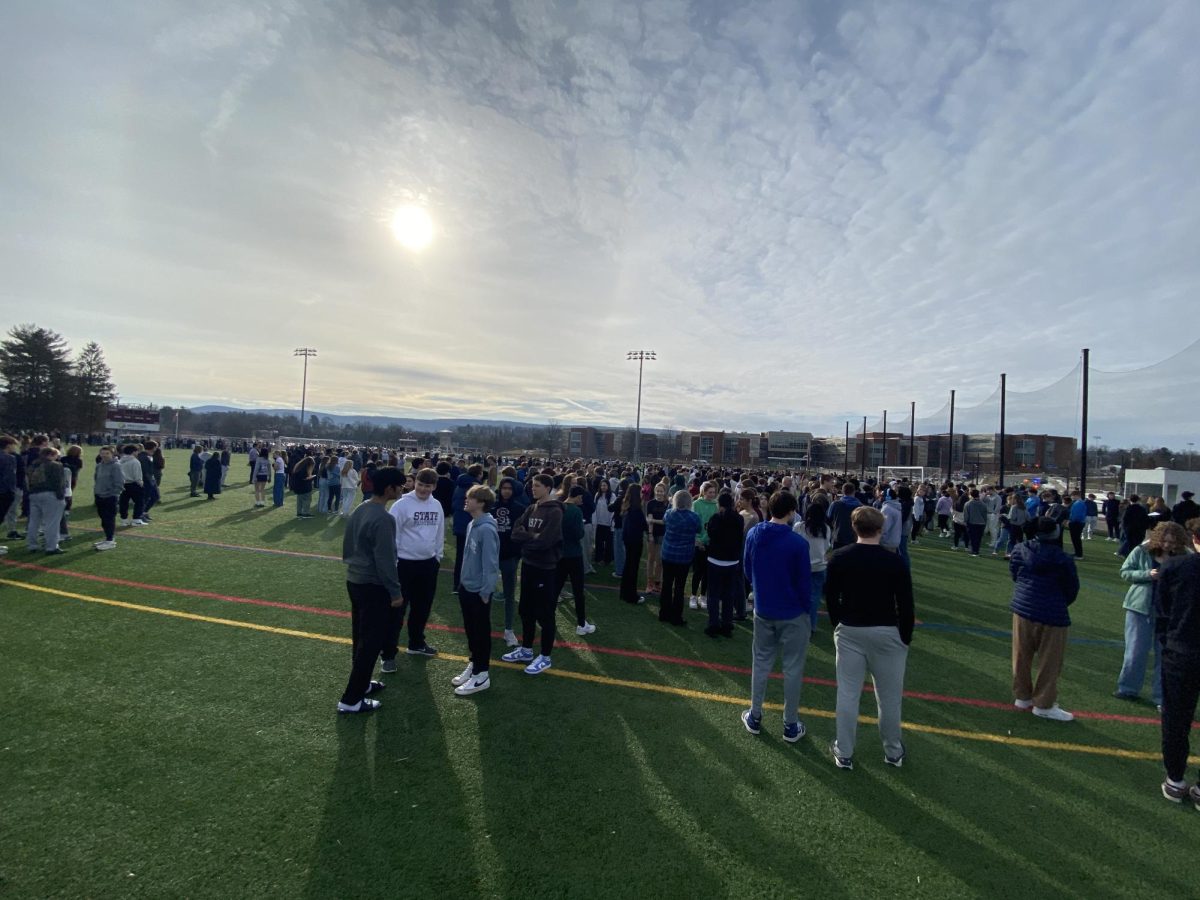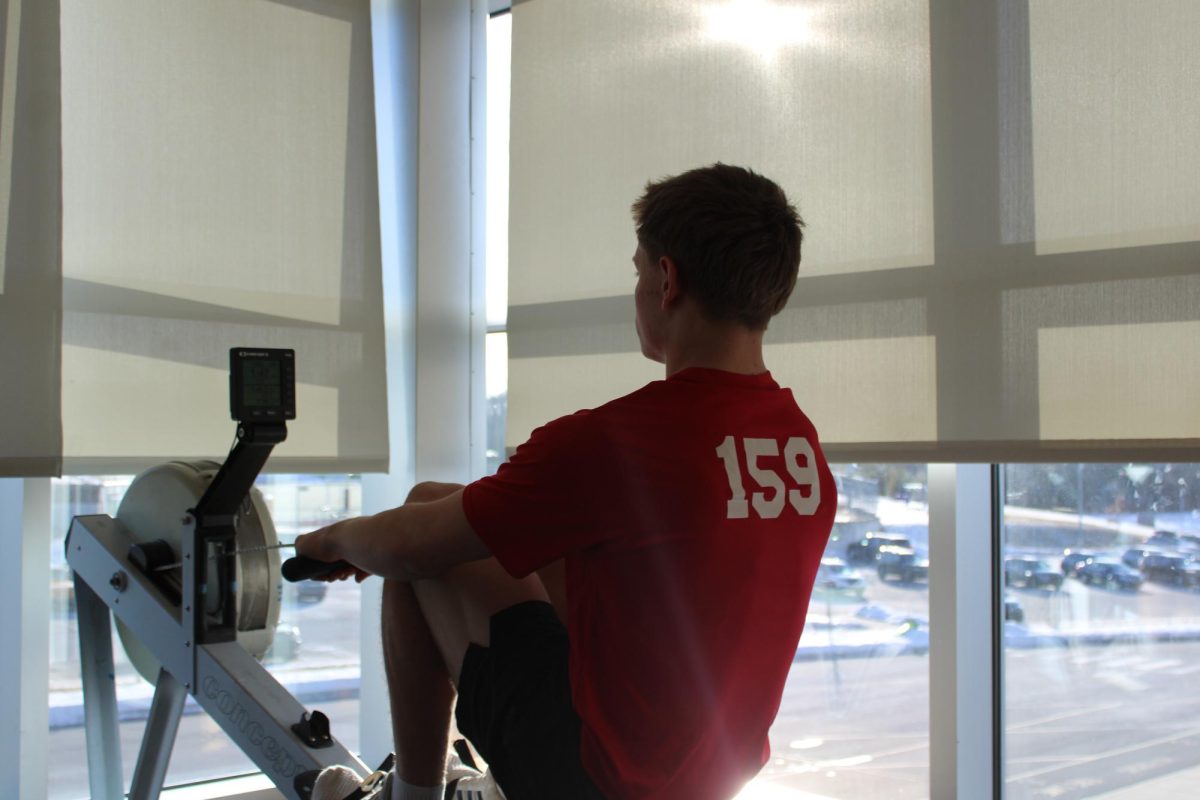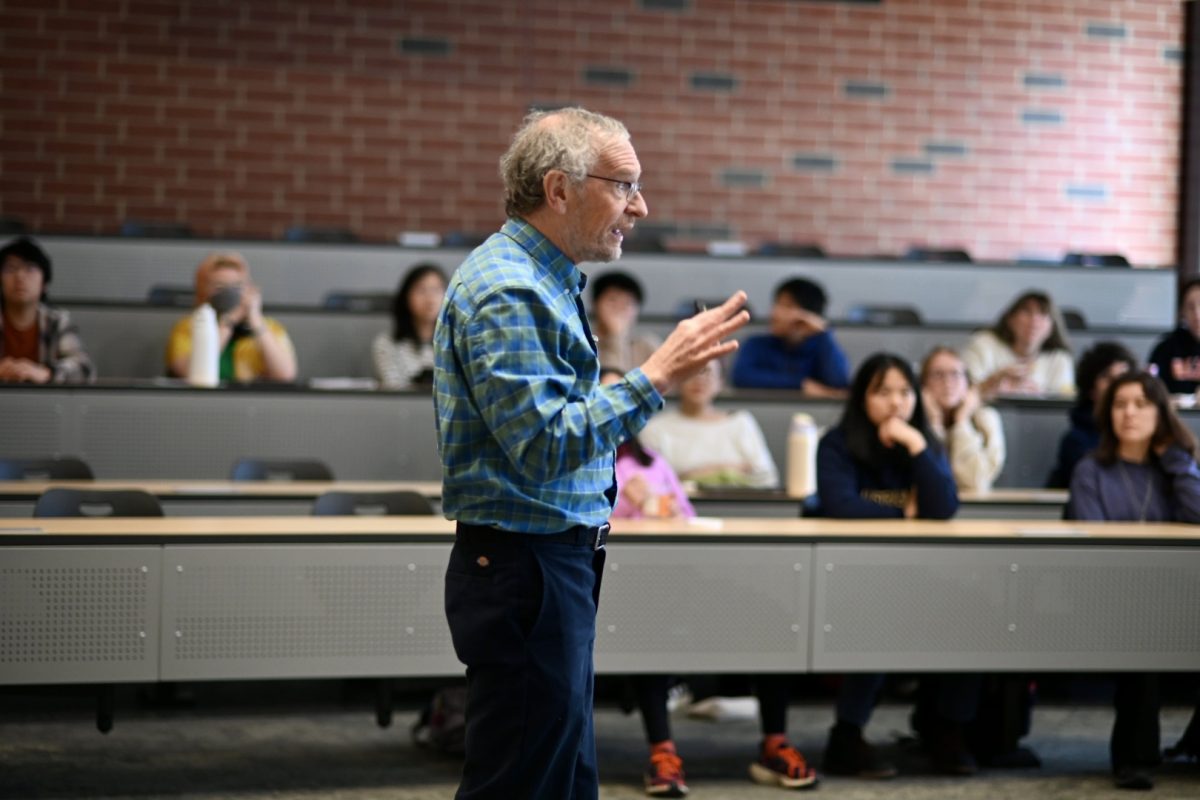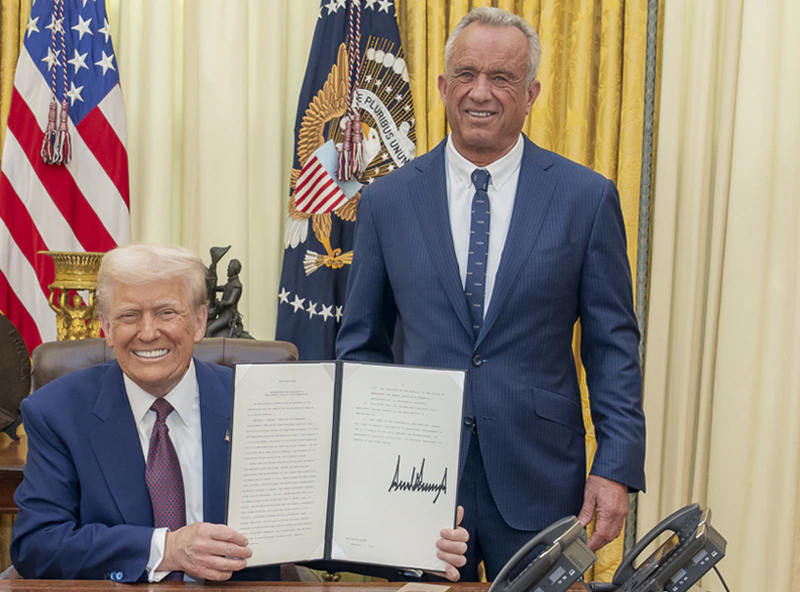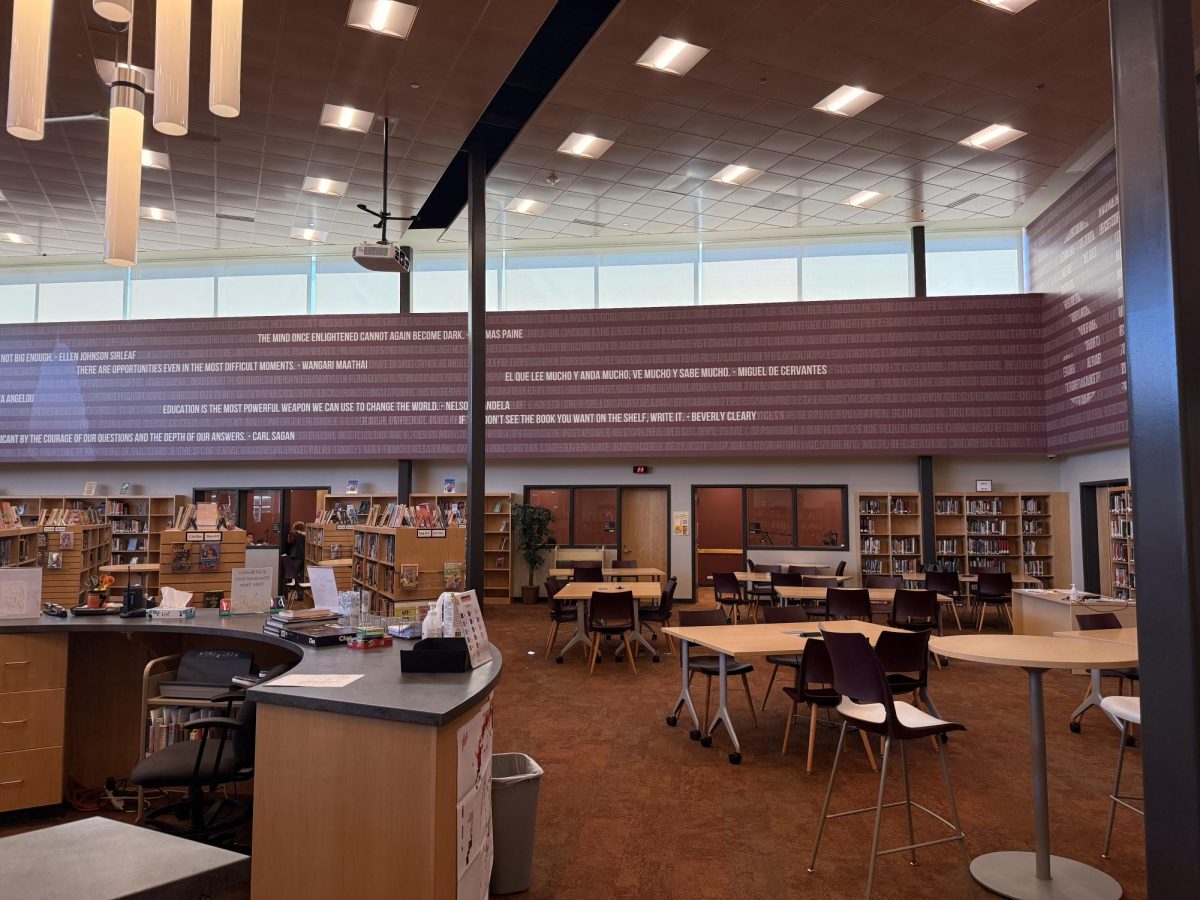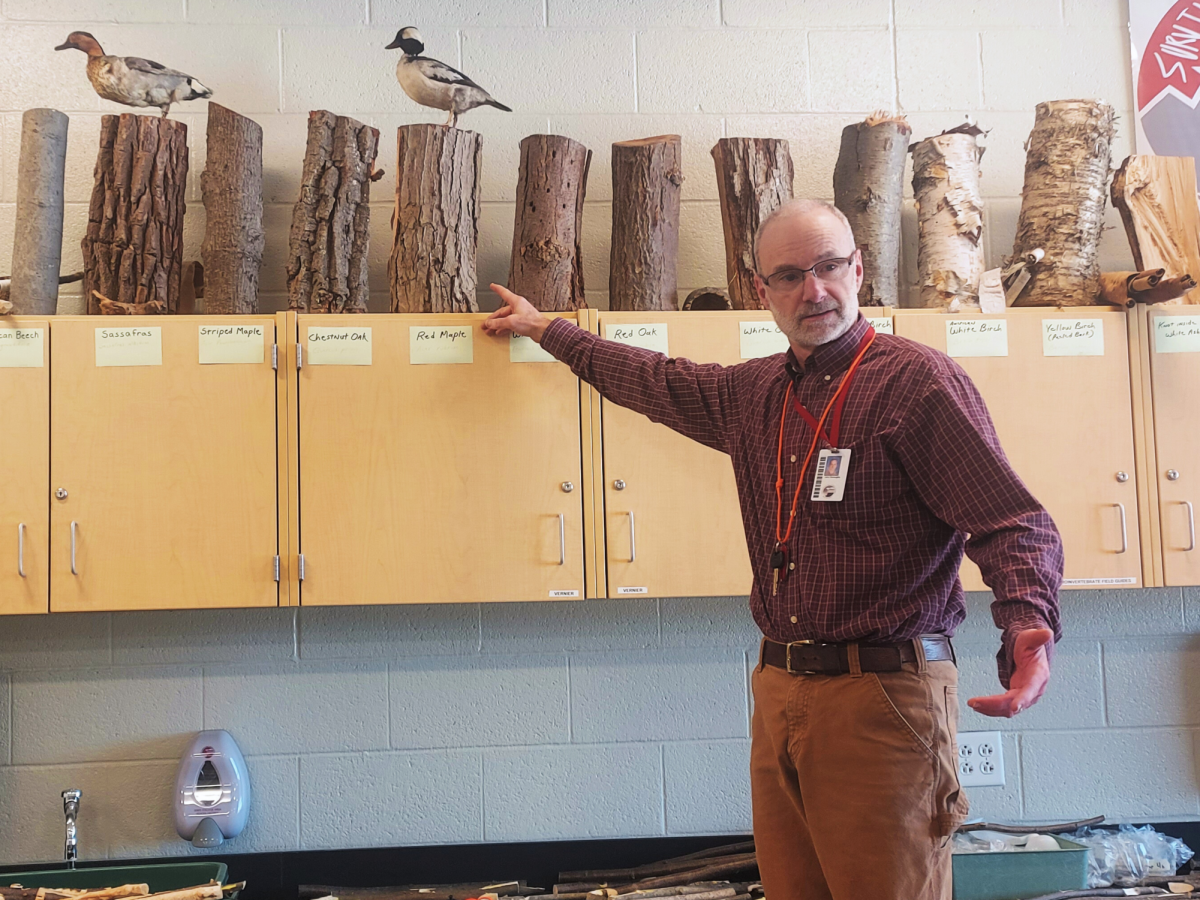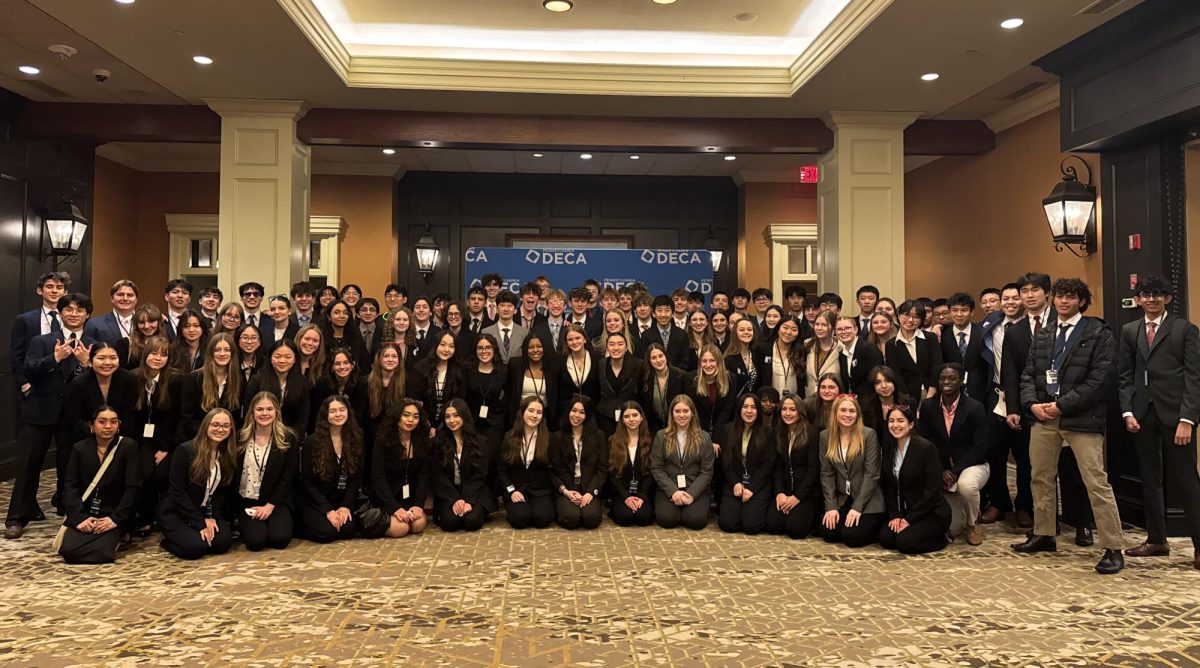On Feb. 7, the Diversity and Activism Club (DAC) and the Cultural Celebrations Committee (CCC) hosted their Lunar New Year celebration from 4-5:30 p.m. in the Cafeteria CEGL. The event featured Penn State speakers, celebratory food, and a number of games and activities.
Lunar New Year is a festival celebrated by billions of people worldwide, occurring on the first new moon of the lunar calendar. This year, the holiday begins on Jan. 29 and ends on Feb. 15 —the first full moon. In China, the holiday is considered the most important celebration of the year, but it is also observed in many other Asian countries that use the lunar calendar and similarly count its importance.
For many, the holiday is spent with family, celebrating with traditions and good food.
Senior Gaziza Tolepbek is from Kazakhstan and described the importance of the celebrations for her. “I think it’s very important to see our cultural backgrounds. Because it’s, like, the culture that came from our ancestors, so we really need to respect them and celebrate them,” Tolepbek said.
At the State High celebration, cultural backgrounds and traditions were honored through the variety of games, food, and information provided.
“We [CCC] sort of just thought about, like, what things we normally do around New Year’s and what we could feasibly do with not a lot of money,” CCC co-president Margaret Choe said. “I feel like it’s really important that we like make spaces where we can appreciate and share culture, so I think this is like a great way to do that.”
DAC, one of the organizers of the event, created presentations about how various countries celebrate the holiday.
“So in the presentation, we had basically how different countries celebrate Lunar New Year. Like we had China, Korea, Indonesia, Malaysia, and a lot more different countries. And we just kind of showed how they celebrate it, what it means to them because Lunar New Year in Asia is super, super important and we just wanted to make sure that people were able to see that,” DAC treasurer Eileen Chen said.
In addition to the presentations, the event included the games ddakji, gonggi, and zodiac animal charades, as well as Mongolian character writing.
“Ddakji is a traditional Korean game that people like to play at Lunar New Year. Right now we’re folding ddakji with origami paper, and you can also throw it on the ground as a game,” sophomore Junah Lee said.
Later, Lee and Choe demonstrated how to play the game.
“You try to flip the one [ddajki] on the ground over. One will be on the ground, and with the other one you try to flip the one on the ground over,” Lee said. “It’s not always easy to do so.”
At the gonggi table, Tolepbek and others taught students how to play the traditional Korean game where the player first throws a small stone, picking up another stone from the table while the first stone is still in the air. As the game continues, the player has to pick up more stones, eventually trying to throw all the stones into the air and catch them on the backside of their hand.
Versions of the game are played in a variety of countries, including Tolepbek’s home country Kazakhstan, so she was able to teach about both cultures at once, emphasizing the importance of events that foster this connection.
“Our State High community has a range of students, [so] it’s really important to support some students’ culture because we have, students with different cultural backgrounds. I think it’s very important to respect them and to help them by celebrating some cultural events like [the Lunar New Year celebration],” Tolepbek said. “I’m from Kazakhstan, and we have that gonggi game too, but it is called five rocks. So, we have similarities [between cultures].”
Sharing and celebrating cultures is central to DAC and CCC’s missions, and this event was no exception.
“I think [the Lunar New Year event] gives […]a space [for people] who normally celebrate to feel included in the school,” Choe said. “But it also provides space for people who don’t normally celebrate to learn more about it and get to experience it.”
“Our [DAC] mission is kind of like just to show people and to represent Asian people in our school. […] But we just want people to know about these things. And especially with cultures because nobody really knows about a lot of it,” Chen said. “But having these like parties, having these like celebrations, it really brings everybody together.”


